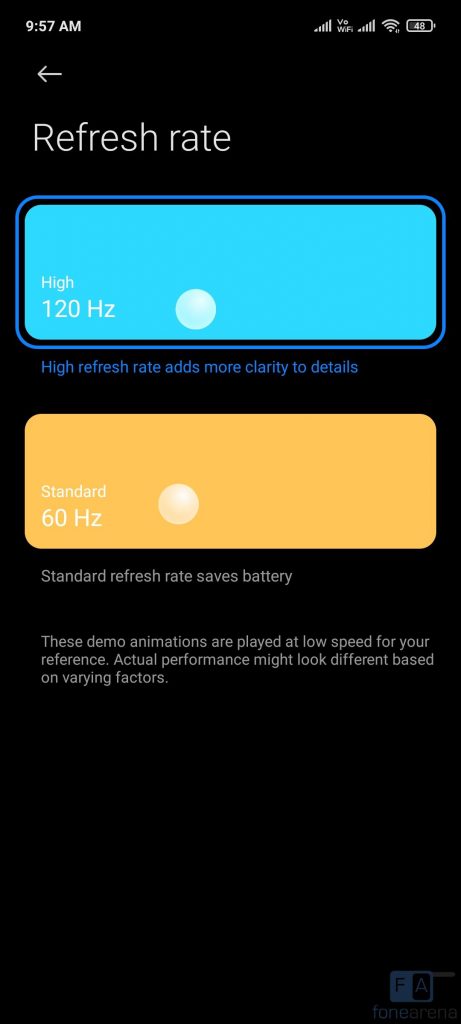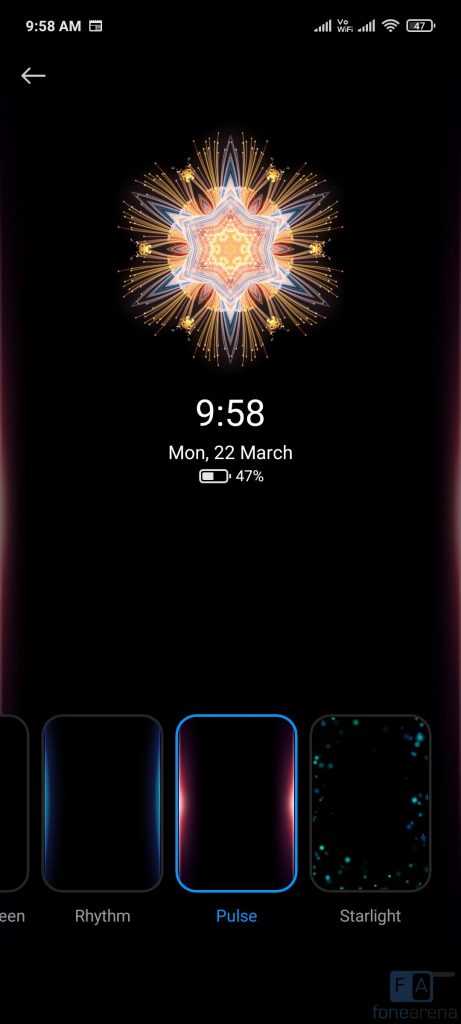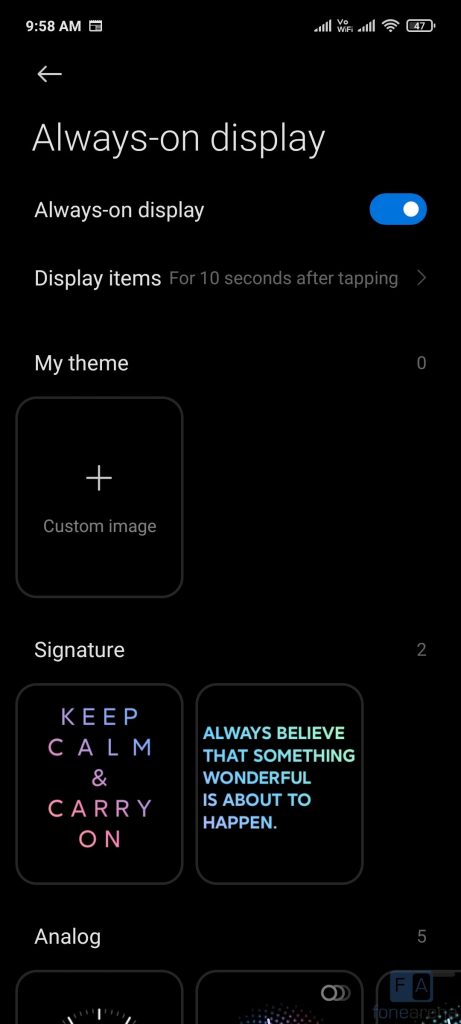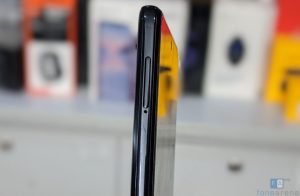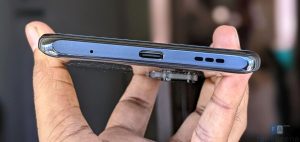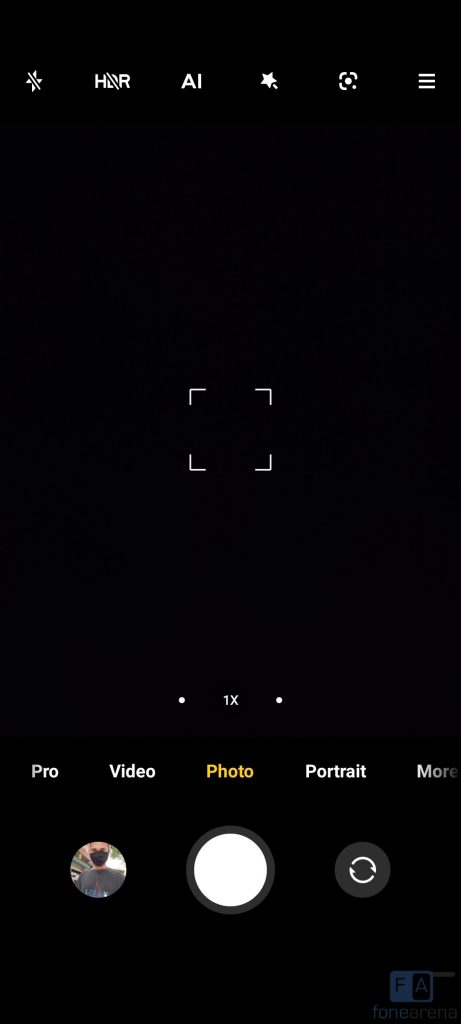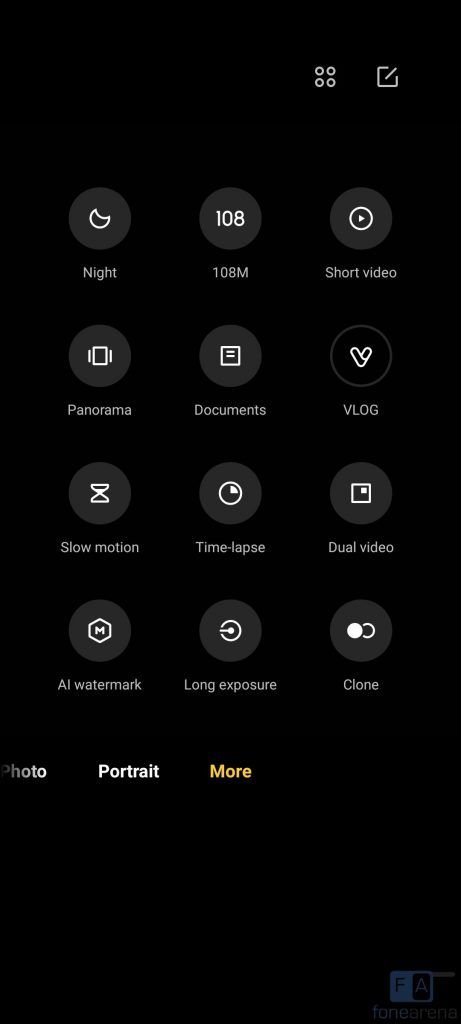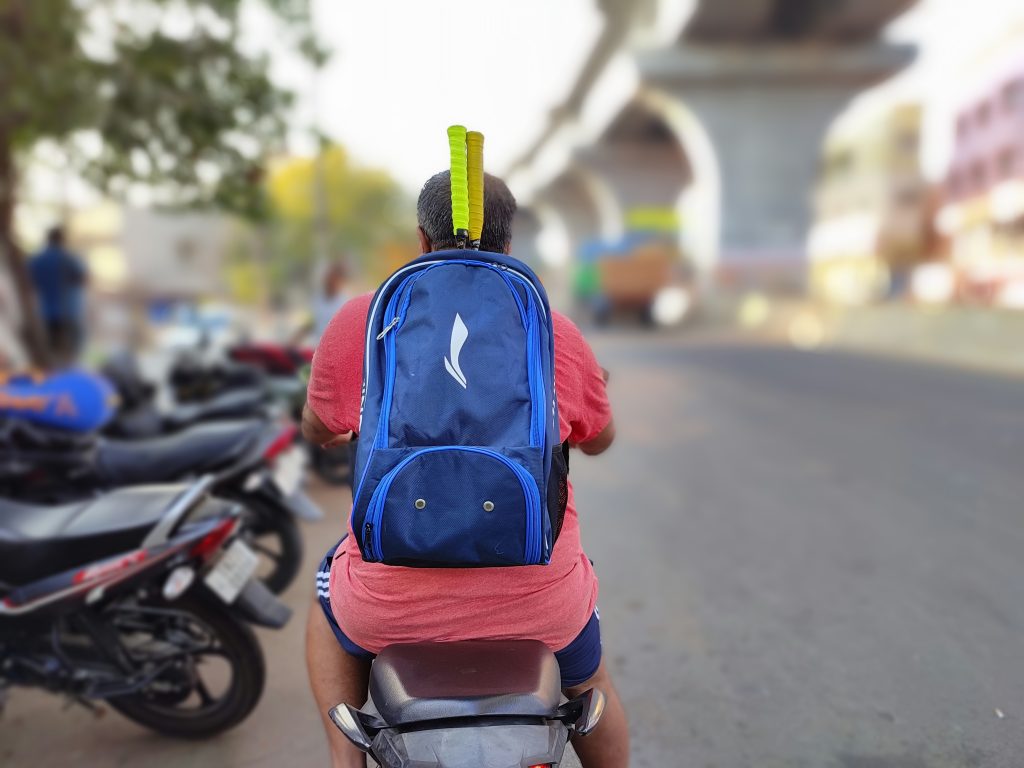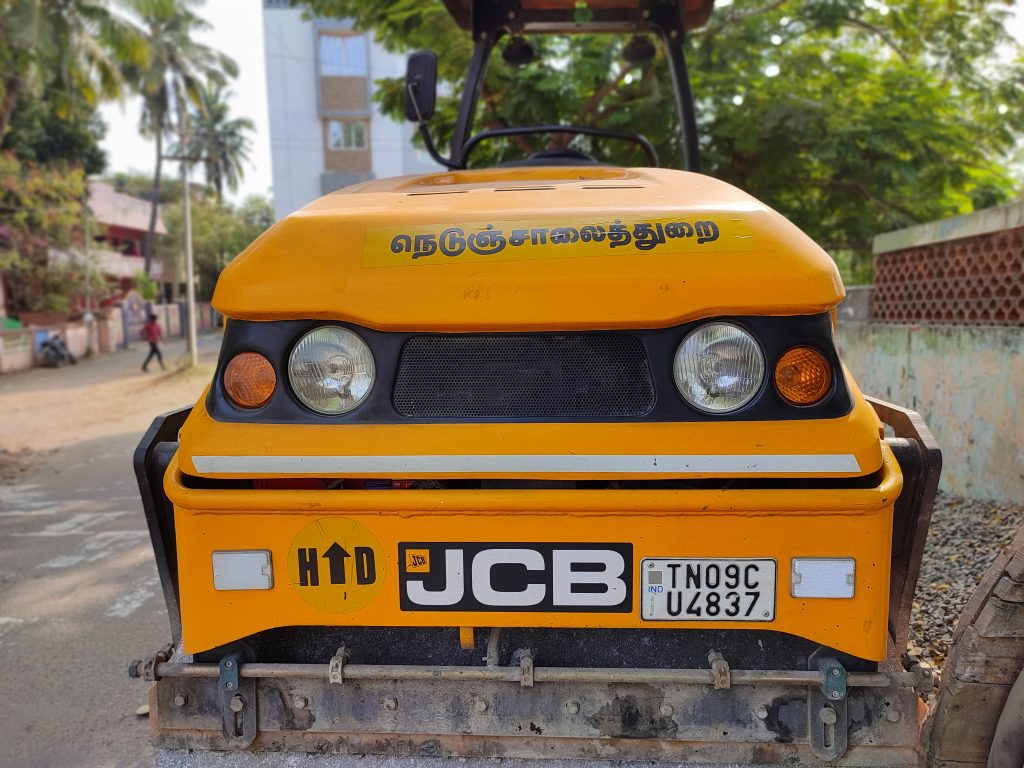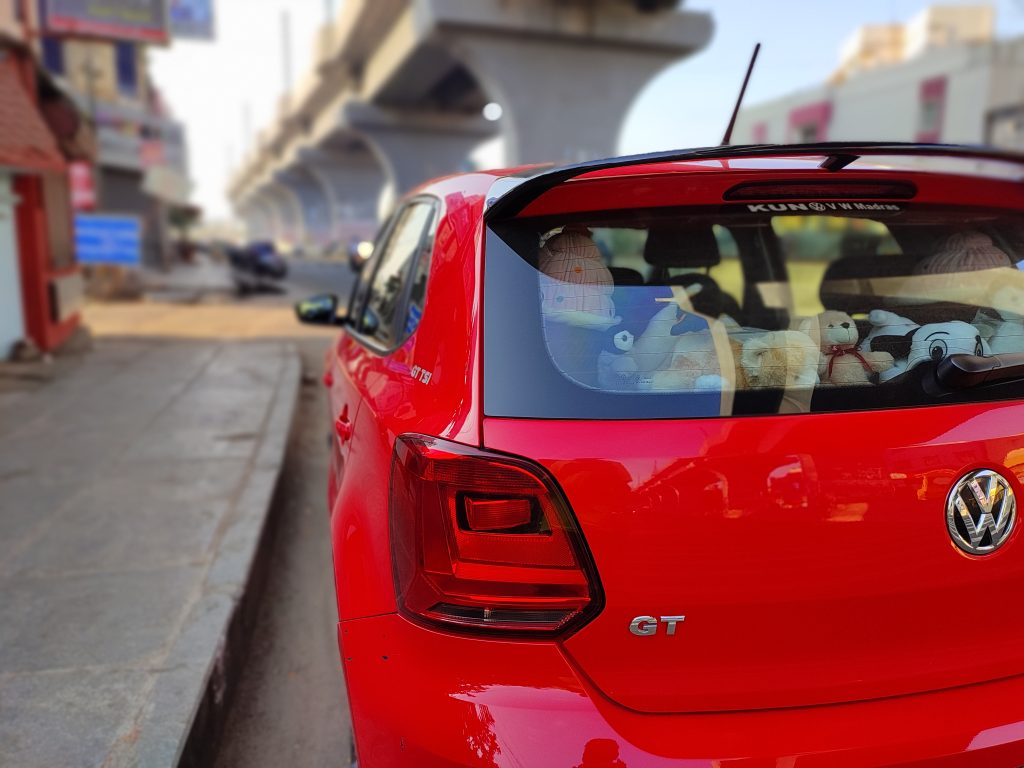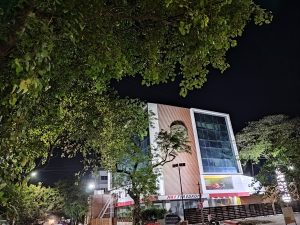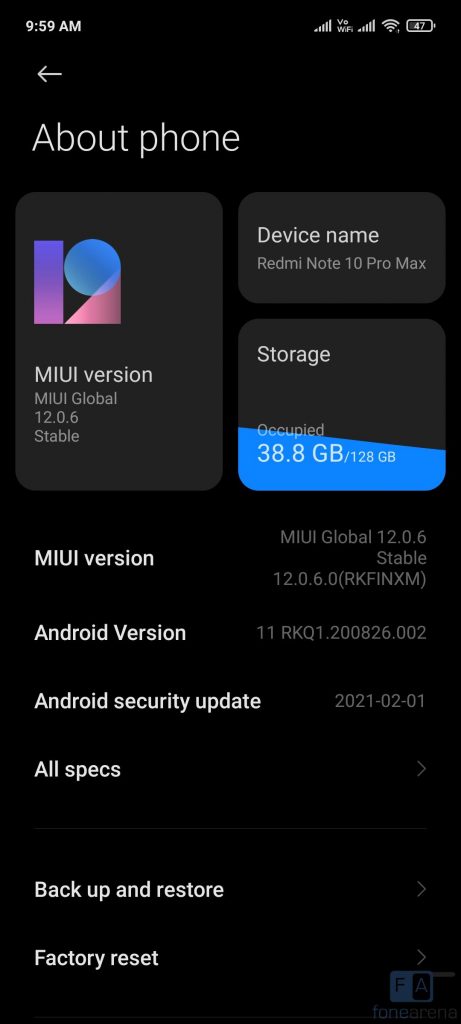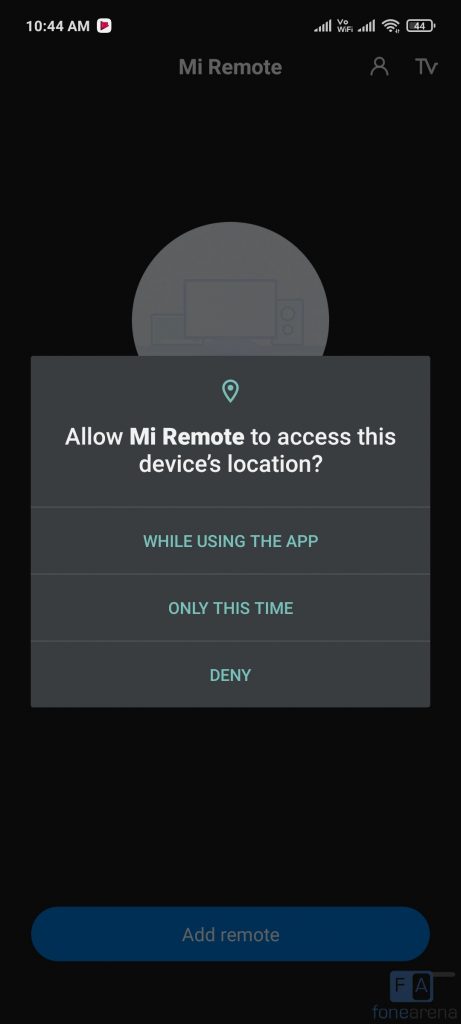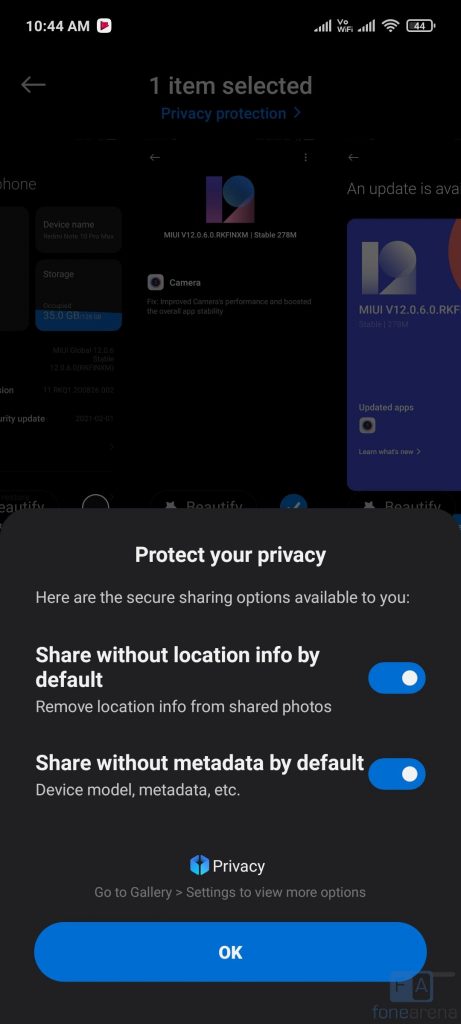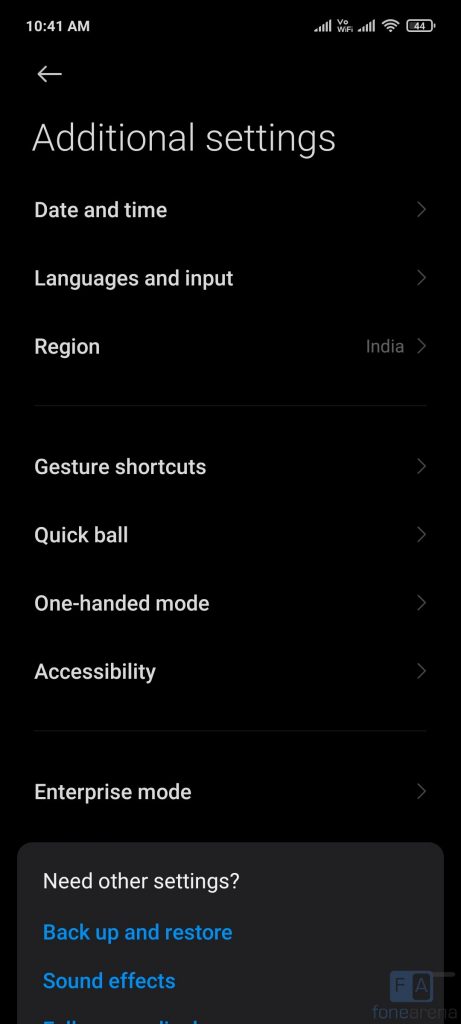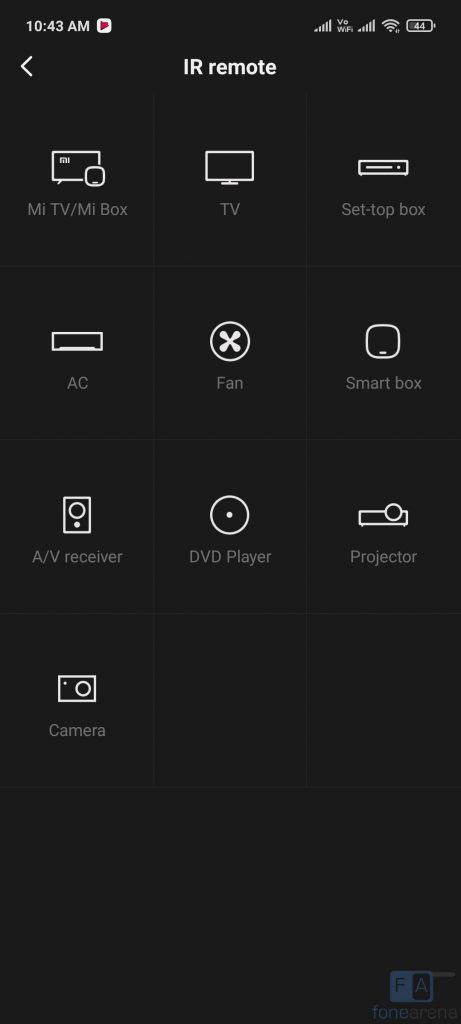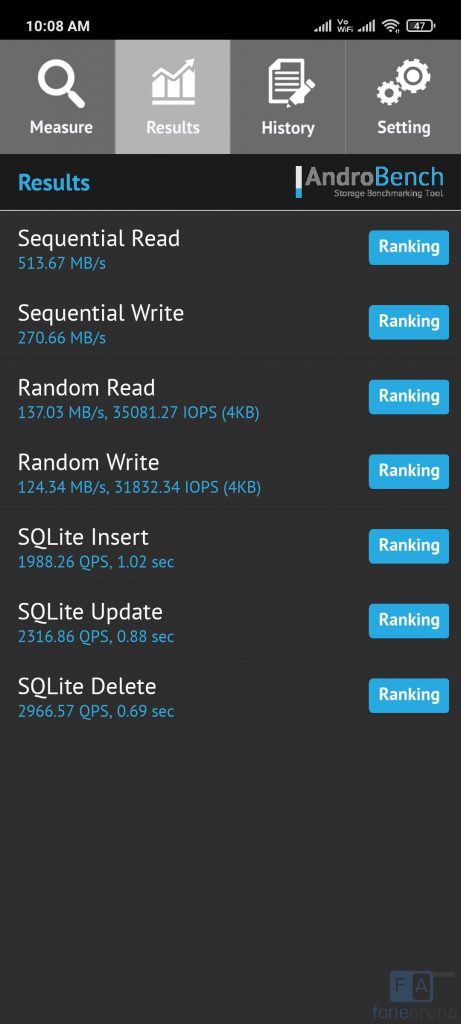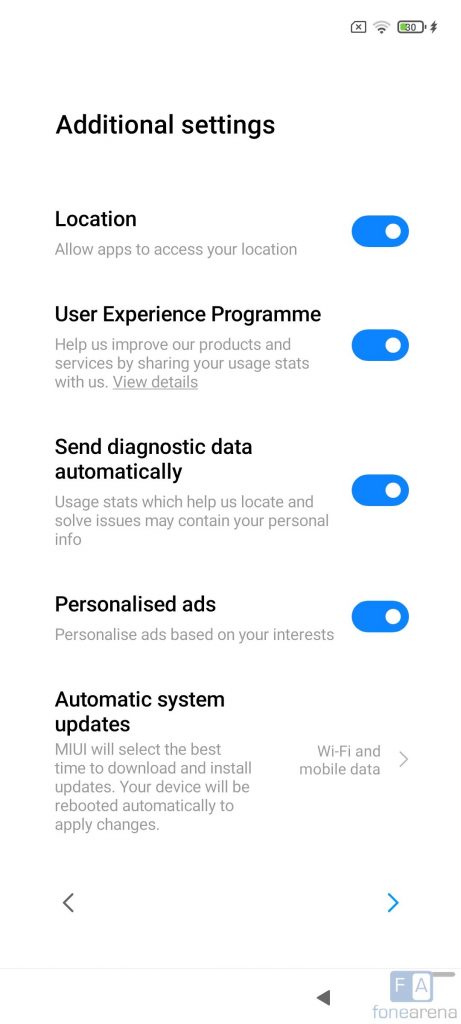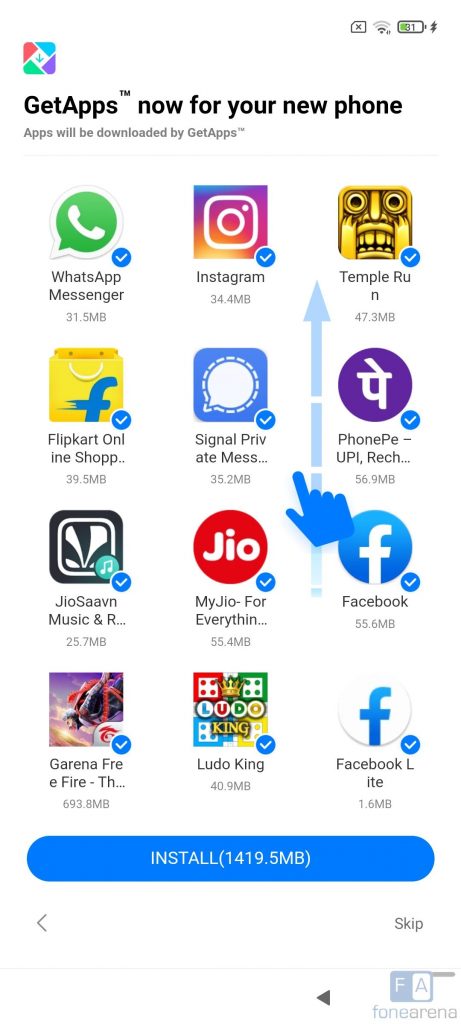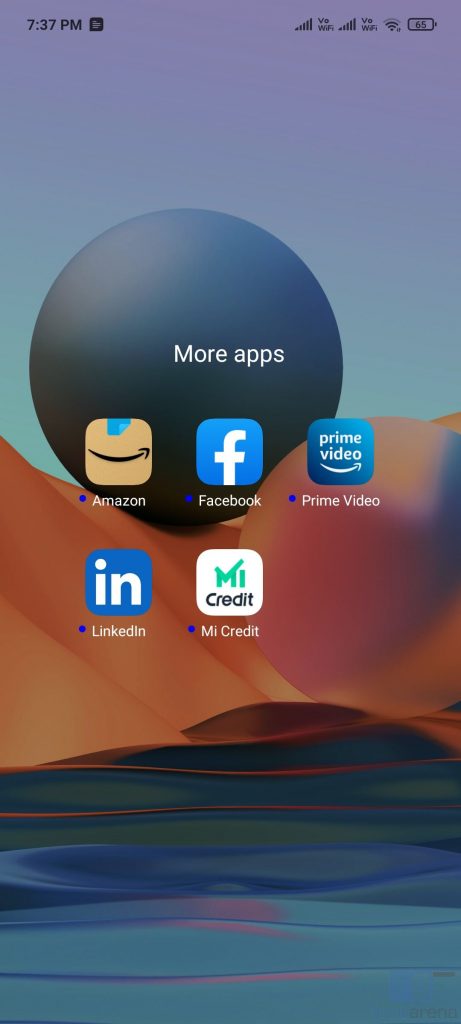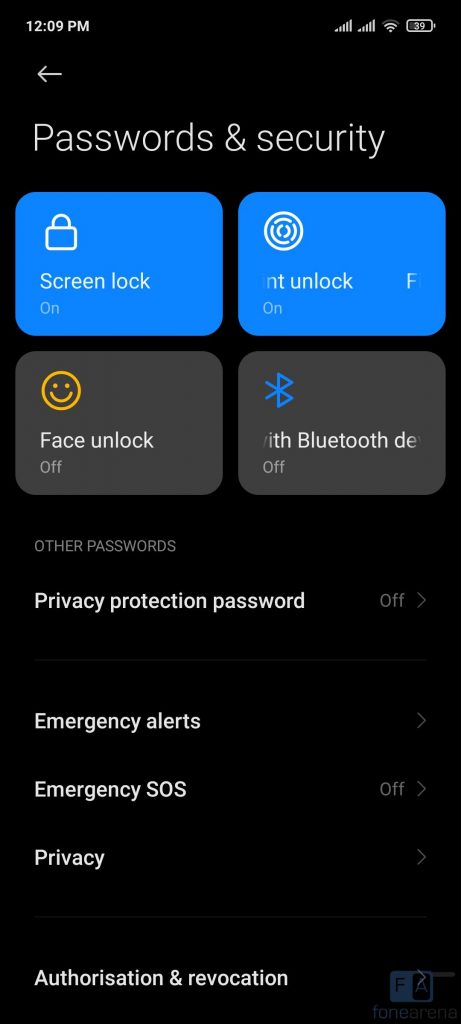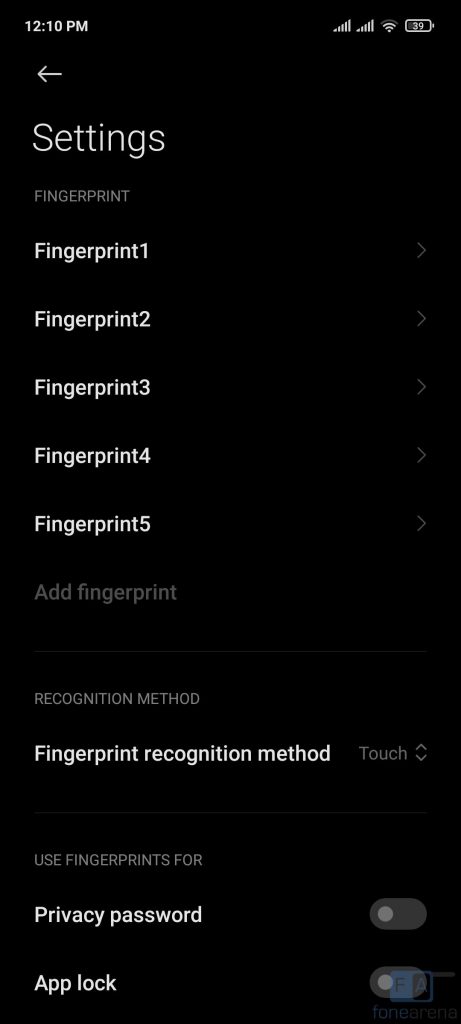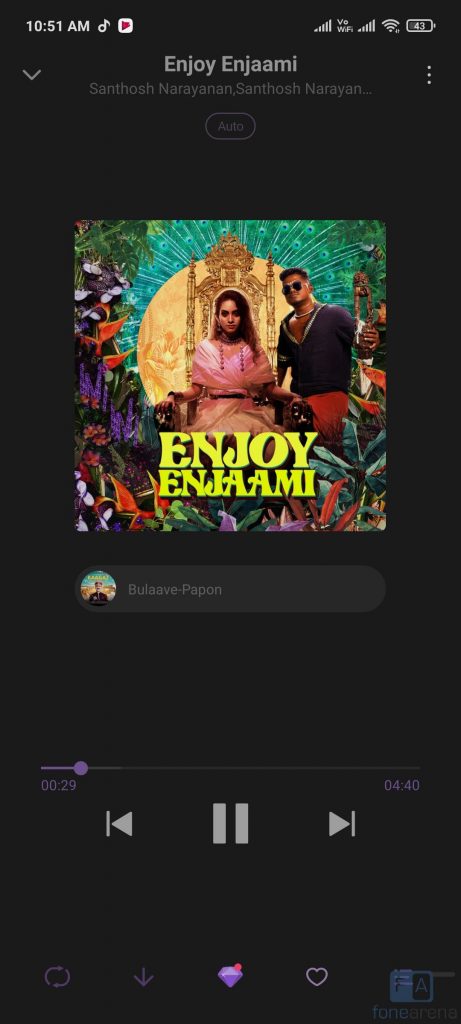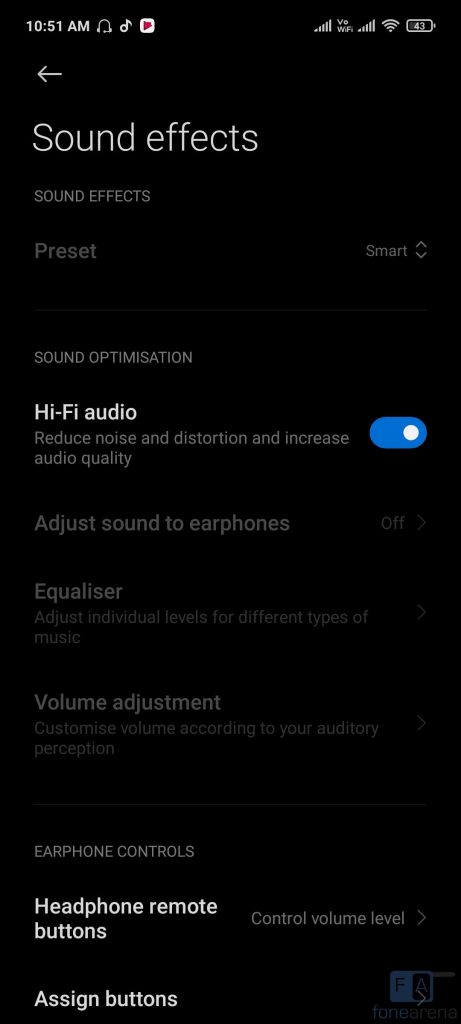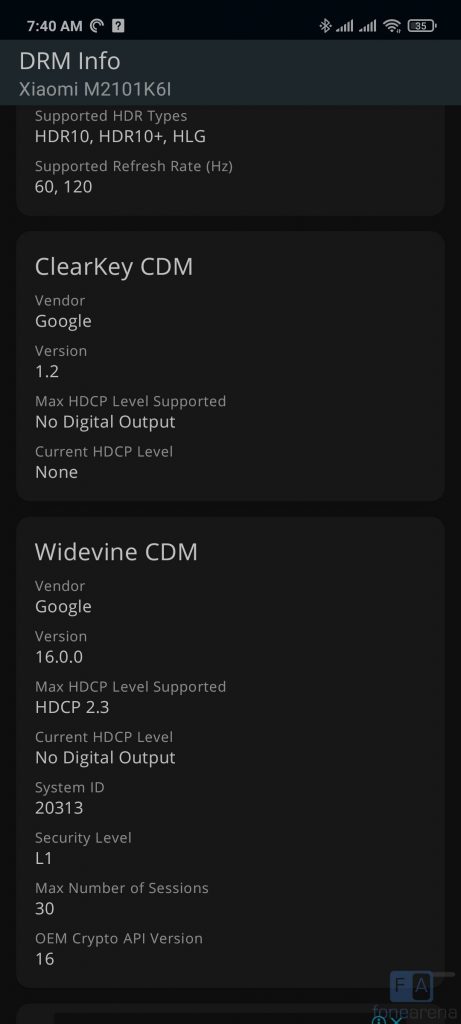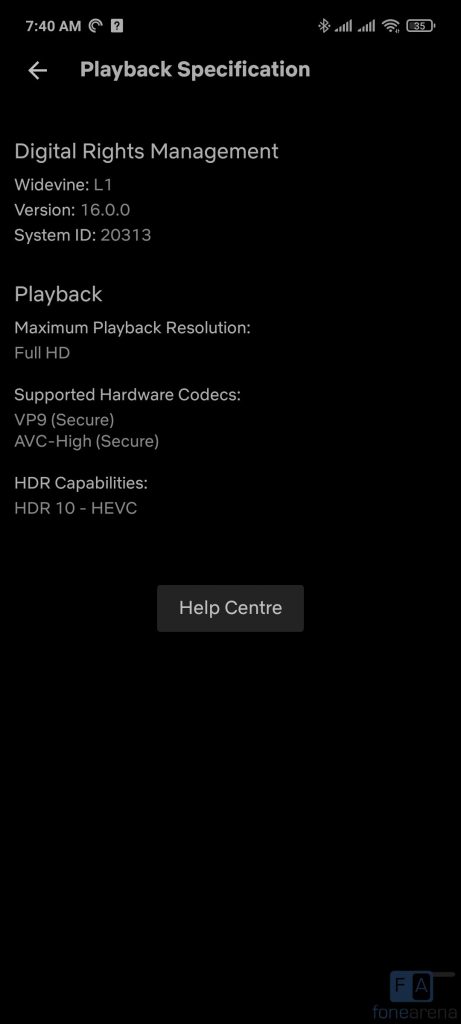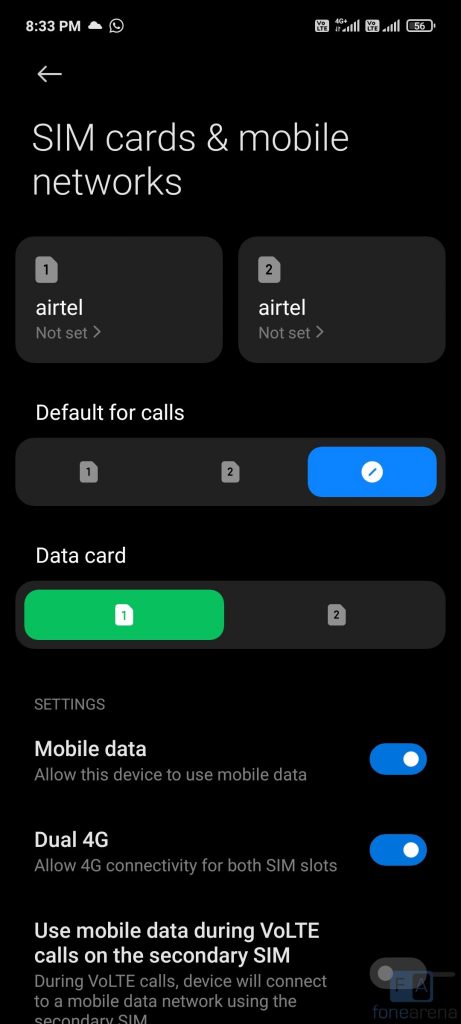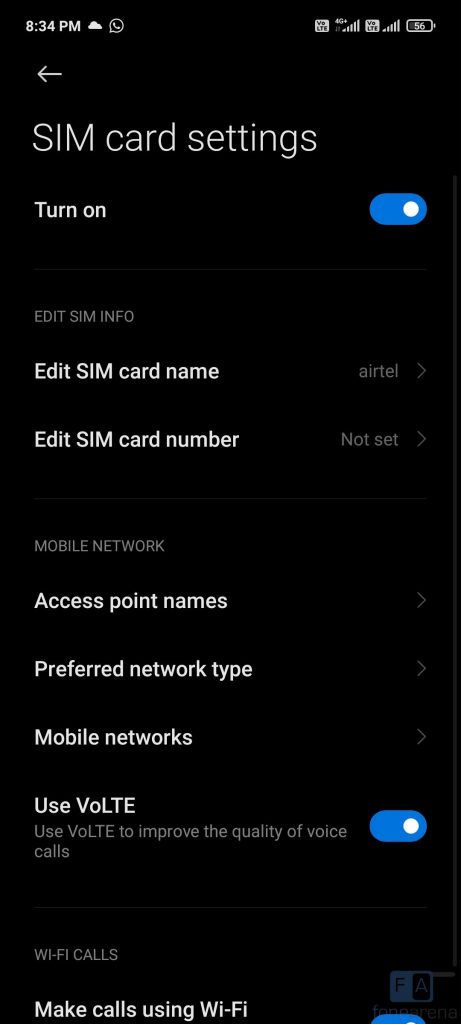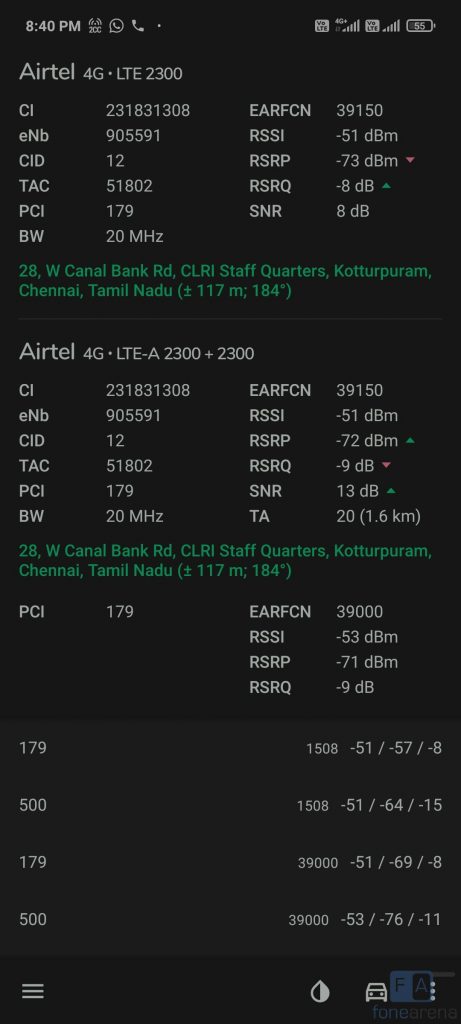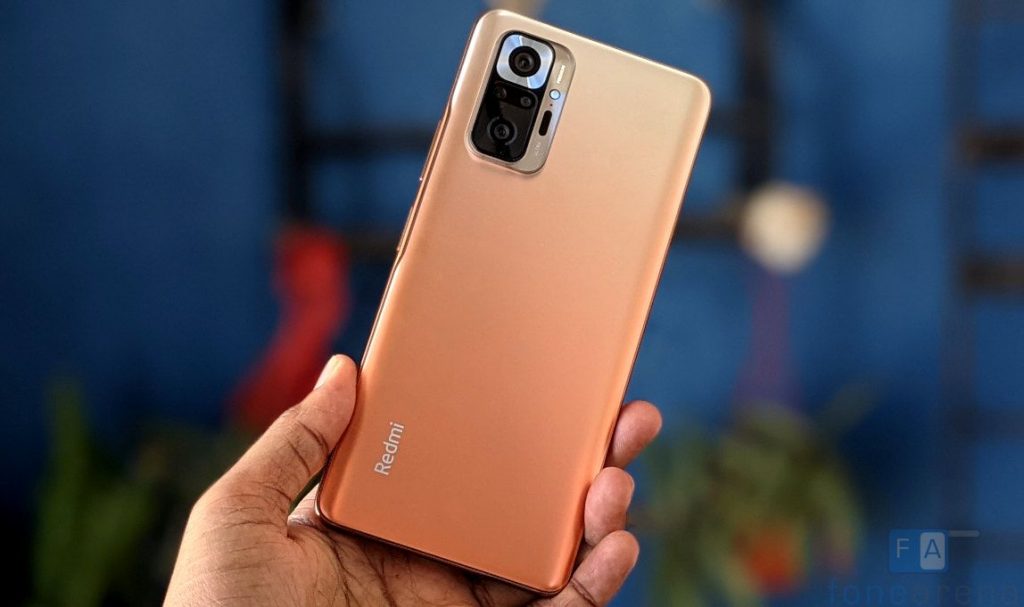
Xiaomi launched the Redmi Note 10 Pro series smartphone in India a few weeks back as the successor to last year’s Redmi Note 9 Pro series that was launched last year. The Redmi Note 10 Pro Max brings major hardware upgrades in several departments such as display, SoC and cameras while retaining the same 5020mAh battery with 33W fast charging. The specifications look great on paper. Let us dive into the review to find out what the device has to offer.
| Box Contents |
| Camera |
| Battery Life |
| Conclusion |
Box Contents
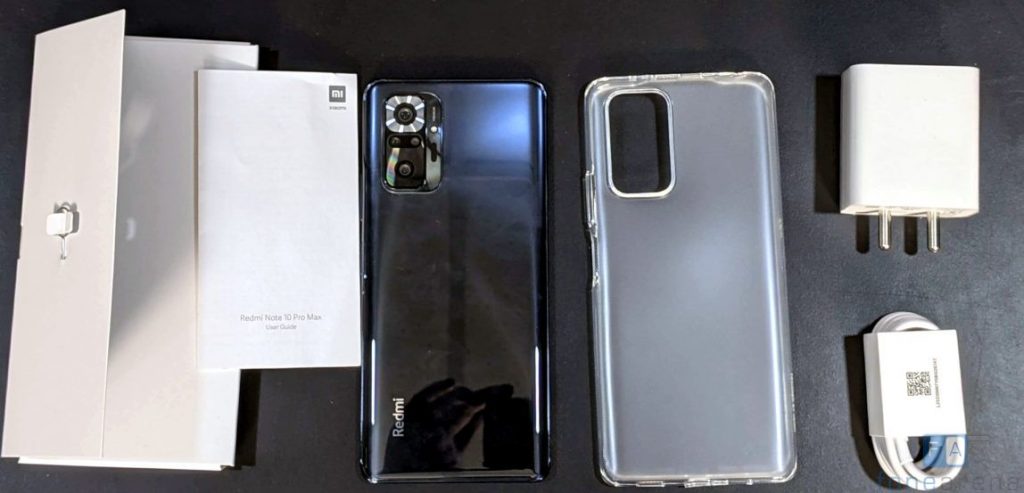
- Redmi Note 10 Pro Max 6GB + 128GB in Dark Night colour
- 33W charger (5V-3A/9V-2A/9V-3A/12V-1.5A/12V-2.25A/20V-1.32A/11V-3A)
- USB Type C Cable
- SIM Ejector tool
- Clear protective Case
- Screen protector (Pre-installed)
- User guide
Display, Hardware and Design
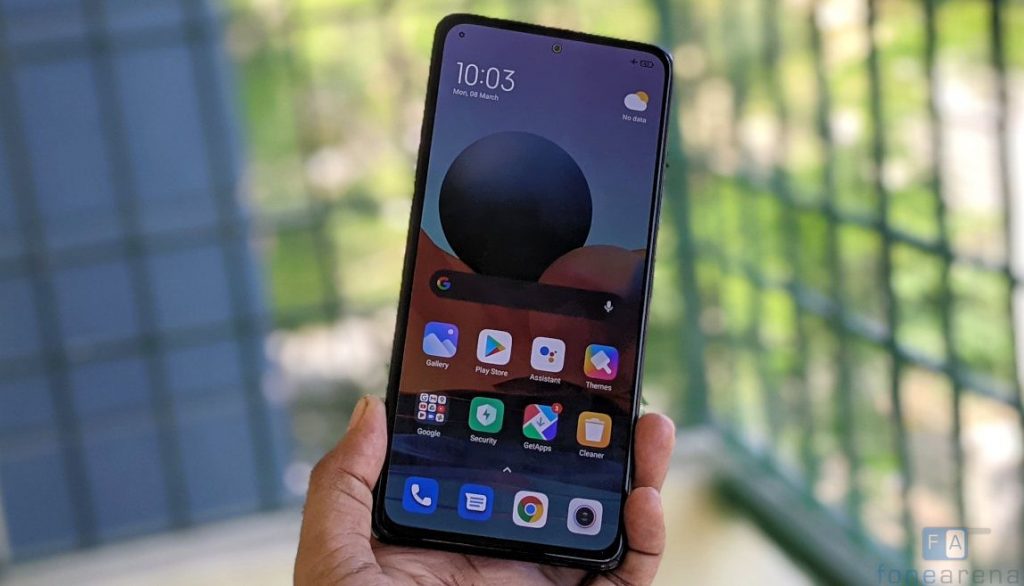
Starting with the display, the Redmi Note 10 Pro max features a 6.67-inch Full HD+ AMOLED DotDisplay with a pixel resolution of 2400 × 1080 pixels, 20:9 aspect ratio 2.5D curved glass screen with gentle rounded corners and a pixel density of about 384 PPI. The display is bright and the sunlight legibility is good as well, thanks to 700 nits (typical), 450 nits manual and 1200nits peak brightness, which is enabled when you are watching HDR content. It has 4,500,000:1 contrast ratio and 100% DCI-P3 colour gamut, so the colours are vibrant.
The main highlight of the display is its 120Hz display refresh rate and 240Hz touch sampling rate, which when enabled offers buttery smooth user experience especially when you are scrolling through the UI and when gaming. This doesn’t have adaptive refresh rate like the POCO X3, Mi 10i or the Mi 10T so, it can only switch between 60Hz and 120Hz. It also has HDR 10 support, which works for YouTube and even Netflix which is rare to see in phones in the price range. The phone comes with Corning Gorilla Glass 5 protection.
Under the display options there are different options to adjust colours and contrast based on your preference. There is also a reading mode that lets you reduce the display’s blue light emission, so it doesn’t cause eye strain when you are reading at night, but this will be disabled when you play HDR videos. There is Dark mode, similar to other MIUI phones. You also get an option to enable dark mode to apps that are installed, but it doesn’t look good on most apps.
The phone doesn’t have a notification LED, but this has always-on-display which can be enabled from display settings. However, it says that it can only display items only for 10 seconds after tapping unlike the K20 Pro which has option to schedule. Hope we will get this feature via an update. It also says that items won’t be displayed when the device lies in the dark for a long time to reduce power consumption. It has a range of clock faces to choose from, and you can set one of 3 lock screen animations for notifications. This doesn’t consume a lot of power since this is an AMOLED screen, but the company says that it increases the power consumption, so it turns off automatically when the phone stays dark for a long time or battery saver restrictions are applied. It doesn’t have super wallpaper that the Redmi K20 Pro has.
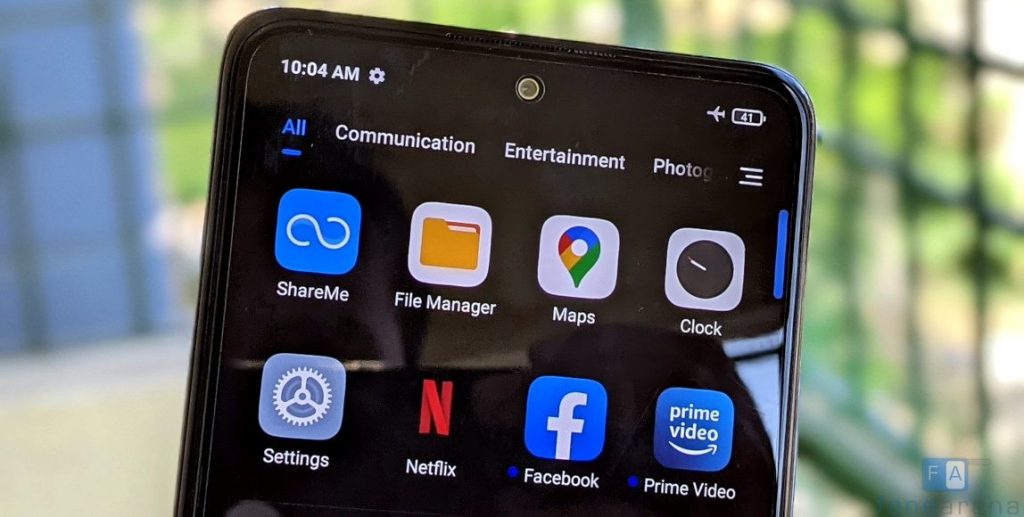
The phone has a tiny 2.96mm punch-hole that houses a 16-megapixel camera, which doesn’t disturb when watching videos since it just occupies a small space. Above the display there is an earpiece on the top edge which also doubles up as a secondary speaker. The phone also has the usual set of proximity and ambient light sensors as well as a gyroscope and a magnetic sensor, otherwise known as a magnetometer.
The volume rockers and the power button that integrates the fingerprint sensor are present on the right side of the phone. On the top there is a 3.5mm audio jack, vent for speaker, secondary microphone and an infrared sensor. The loudspeaker grill, primary microphone and USB Type-C port are present on the bottom. The dual SIM slot and microSD slot is present on the left side. Since the phone has a plastic frame you don’t see any antenna cutouts.

Similar to the predecessor, the company has offered dedicated dual SIM and a microSD card slot.
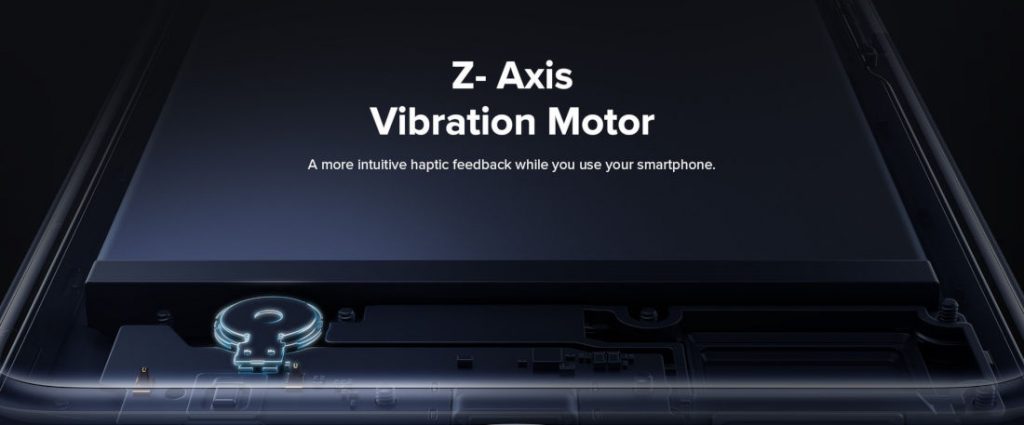
The Redmi Note 10 Pro Max features X-axis linear vibration motor, which enables over 150 custom vibration patterns across the UI for the best haptic experience, and the different can be felt when using the phone.
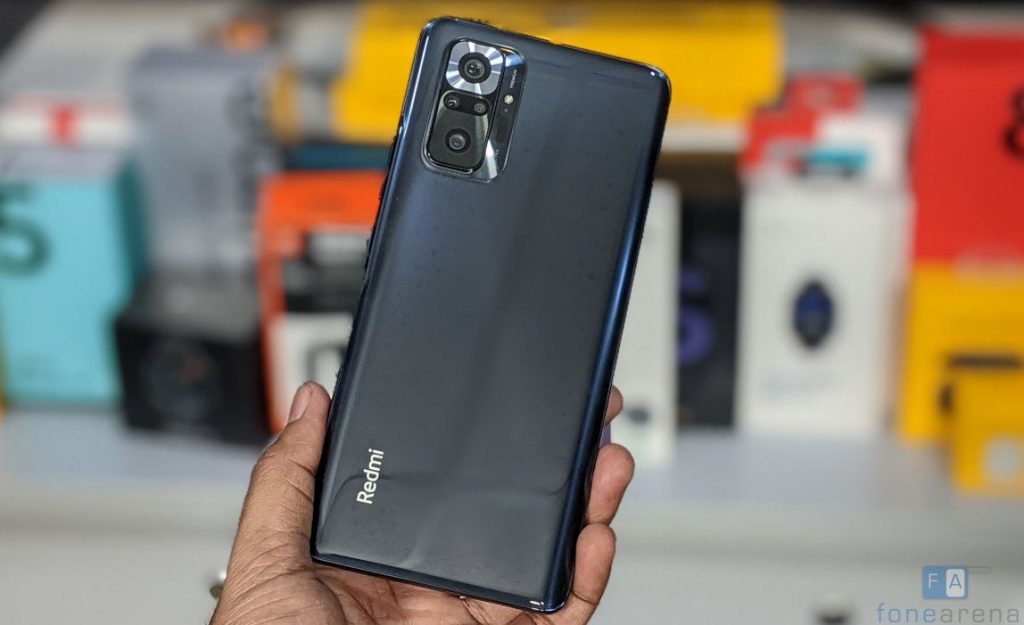
Even though the phone has a large screen, it is easy to hold since it is 76.5mm wide. The phone has a new Evol design with curved glass back that looks and feels premium and the weight distribution is good. It weighs 192 grams and is 8.1mm thick, making it thinner and lighter than the predecessor.
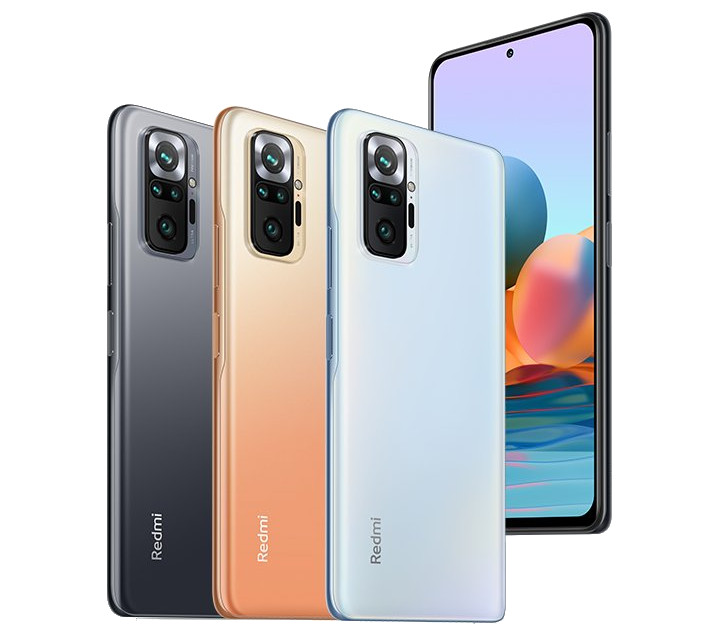
The Dark Night colour pictured above has a glossy finish that attracts fingerprints and smudges easily, but the Vintage Bronze (pictured in the header image) and the Glacial Blue colours feature a matte finish.
The phone has IP53 ratings compared to P2i nano coating in the predecessor, but you still can’t immerse in water since it is not IP67 or IP68 rated. The phone packs a 5020mAh built-in battery, the same as the predecessor.
Camera
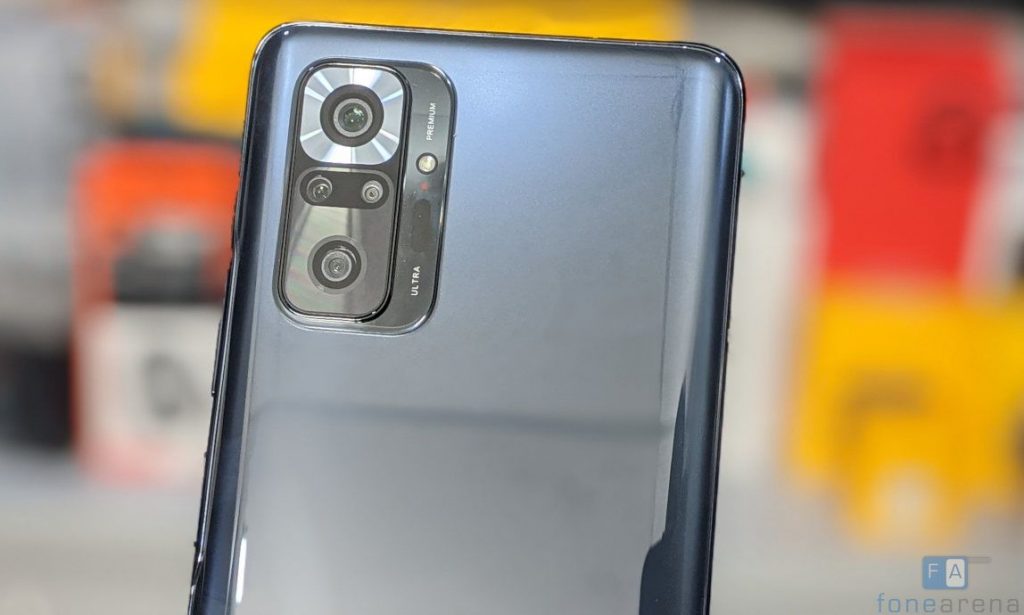
This is the first phone in the price range to pack a 108-megapixel primary rear camera with Samsung HM2 1/1.52″ sensor, 0.7μm pixel size, f/1.75 aperture, EIS along with a secondary 8-megapixel 120° ultra-wide sensor with f/2.2 aperture, 2-megapixel depth and 5-megapixel tele macro sensor with 1.75μm pixel size and f/2.4 aperture. There is also a 16-megapixel front camera with 1μm pixel size and f/2.45 aperture.
The camera UI is familiar with other Xiaomi smartphones running MIUI 12 with flash, HDR, AI, Filters (Normal, Vivid, Gold Vibes, Lime, Gourmet, Film, Amour, Movie, Soda, Sky blue, Blush, Childhood, Lit, Travel, Rise, Cyberpunk, Black ice, B&W and Classic) and Google Lens on the top. Pressing the menu option shows camera frame, timer, Movie frame, gridlines, straighten, Super Macro, Title Shift, Pro colour and Timed burst. There is a front camera toggle on the bottom along with option to select modes such as Pro, Video, Photo, Portrait, and More option has Night, 108MP, Short Video, Panorama, Documents, VLOG, Slow motion, Time-lapse, Dual video, AI watermark, Long exposure (Moving crowd, Neon trials, oil painting, Light painting, Starry sky and Star trails), but this needs a tripod. Pro mode lets you adjust white balance, focus, shutter speed (1/4000s to 30 seconds), ISO (50 to 6400) and option to select main, ultra-wide and macro lens. You can also shoot in RAW in Pro mode and enable focus peaking, exposure verification and more options. The Beautify option for the front camera lets you adjust several features, in addition to smoothness. The 21:9 wide portrait feature which is called ‘movie frame’ mode works both rear camera front cameras and for video, but there is no separate portrait video mode. Xiaomi has enabled Cam2API by default, so you can side-load ported Google Camera APKs for advanced editing including RAW capture.
Coming to the image quality, daylight shots came out well with good dynamic range. After nine-pixel binning technology, you get 12MP output. HDR shots are better with improved dynamic range. 8MP wide-angle shots are decent, but the 13MP ultra-wide in the Mi 10T series and the POCO X3 were better. 108MP mode that offers a lot of details and can go up to 25MB in size. Even though there is no telephoto lens, it uses the software for offering up to 10x digital zoom. This is like taking an image and cropping up later. Even in the 2x zoom images start to lose details, so it is not recommended going beyond 2x if you don’t want to lose details. The dedicated 5MP tele macro sensor is useful compared to the normal 5MP or 2MP macro camera since it shoots in 2x by default, but you can also zoom it by 1x further. The 2MP depth sensor helps in good edge detection in portrait shots.
Low-light shots are good, thanks to 9-in-1 Super Pixel technology that lets the camera’s sensor hardware combine 4 pixels into a single 2.1μm large pixel, and the night mode is even better making the images brighter offering more details. Images with flash are good and the flash is not overpowering. Daylight front camera shots from the 16-megapixel front camera is decent, but not the best even in daylight conditions due to the tiny sensor. Output is 16MP in resolution, and the image size is around 5MB. Portrait shots have decent edge detection even though it is done using software, but these shots are close to 12MP in size.
Check out the camera samples (Click the image to view the full resolution sample.).
It can record videos at 4k resolution at 30 fps, 1080p at up to 60 fps, and it also has slow motion 720p resolution video recording at up to 960fps, but this should be 240fps converted into 960fps since the Snapdragon 732G officially supports only up to 240fps slow motion recording. You can also shoot 1080p videos using the macro camera and ultra-wide camera and even shoot timelapse videos using the macro camera. The phone lacks OIS, but you get EIS which works only in 1080p 30fps mode. The front camera can record 1080p videos at 30fps.
Video quality is decent but could have been better. There is ultra steady mode in 1080p mode which uses EIS to stabilize videos, but there are frame drops. Check out the video samples below.
Software, UI and Apps
It runs Android 11 out of the box with t Android security update for February, 2021 and MIUI 12 on top. MIUI 12 that was introduced last year brings several features including improved animation, Dark mode 2.0, Privacy improvements and more. Android 11 improves privacy features when sharing content and in location permission.
It has Quick ball, One-handed mode, App Lock and more. Inside the special features option there is Game Turbo, video toolbox, floating window, second space and Lite mode, but there is no quick replies option.
Since the phone has an infrared sensor for remote function, it comes with Mi Remote that lets you control your home appliances easily. Out of 6GB LPDDR4x RAM, you get 5.57GB of usable RAM, and about 2GB of RAM is free when default apps are running in the background. Out of 128GB, you get about 107GB of free storage. The company says this has UFS 2.2 storage, but we got sequential read speeds of about 514MB/s which is for UFS 2.1. The Mi 10i that has UFS 2.2 storage got sequential read speeds of about 962MB/s.
Apart from the usual set of utility apps, Google apps and Xiaomi’s own set of apps, it comes pre-loaded with Amazon Shopping, Facebook, Prime Video, LinkedIn, and Netflix apps. It also asks for additional app installation during setup, which you can skip. You can easily uninstall these apps, but these come up when you reset the phone. Xiaomi said that the MIUI 12.5 will bring option to uninstall most system apps.
Xiaomi is infamous for showing ads on its phones with MIUI, which the company says is done in order to support the development cost of its own apps. The phone shows push notifications and ads in apps like built-in get apps, which is Xiaomi’s own app store. If you don’t want to see ads, you have to disable recommendations while setting the phone up, and disable them in Xiaomi’s apps which shows them.
Fingerprint sensor and Face unlock
Even though there is an AMOLED screen, the phone has a side-mounted fingerprint sensor that unlocks the phone quickly. You can add up to 5 fingerprints. You can also use the fingerprint for app local and payments in apps. There are also some gesture features in the power button that lets you double tap to perform actions such as take a screenshot, turn on torch, launch camera, enable silent mode, and more. The phone also has face unlock, but it is not as secure as fingerprint, and also doesn’t work if you use sunglasses or hats.
Music Player, FM Radio and Multimedia
The Mi Music Player is the default music player with usual Xiaomi audio effects and equalizer. It also has FM Radio with recording. Audio through the speaker is loud. Since the phone has stereo speakers, audio is pretty loud. The back of the phone vibrates a bit in high volume, but it is not much compared to the POCO X3. Audio through earphones is good as well, and there is also a Hi-Fi audio option that keeps the audio distortion-free.
It has Widevine L1 support, so you can play HD content on Netflix, Amazon Prime Video and other streaming apps without any issues. It also supports HDR content in Netflix which you rarely find in a phone in the price range.
Dual SIM and Connectivity
It supports 4G VoLTE for Reliance Jio, Airtel and other networks and support Dual 4G VoLTE that offers 4G in both the SIM cards at a time. There is Snapdragon X15 Cat-12 LTE modem. It also supports Carrier Aggregation on 4G, so you can see LTE+ symbol when it’s enabled automatically. Other connectivity options include Dual-Band Wi-Fi 802.11 ac, VoWiFi / Wi-Fi calling support, Bluetooth 5.1 LE and GPS. The Indian version doesn’t have NFC support, however it has USB OTG support that lets you connect USB drives. Moving on, the call quality is good, and we did not face any call drops and the earpiece volume was loud. It has stock dialer and messaging apps.

The Redmi Note 10 Pro Max’s body SAR is 0.648W/Kg (Distance:15mm), head SAR is at 0.830W/Kg, which is well under the limit in India which is 1.6 W/kg (over 1 g).
Performance and Benchmarks
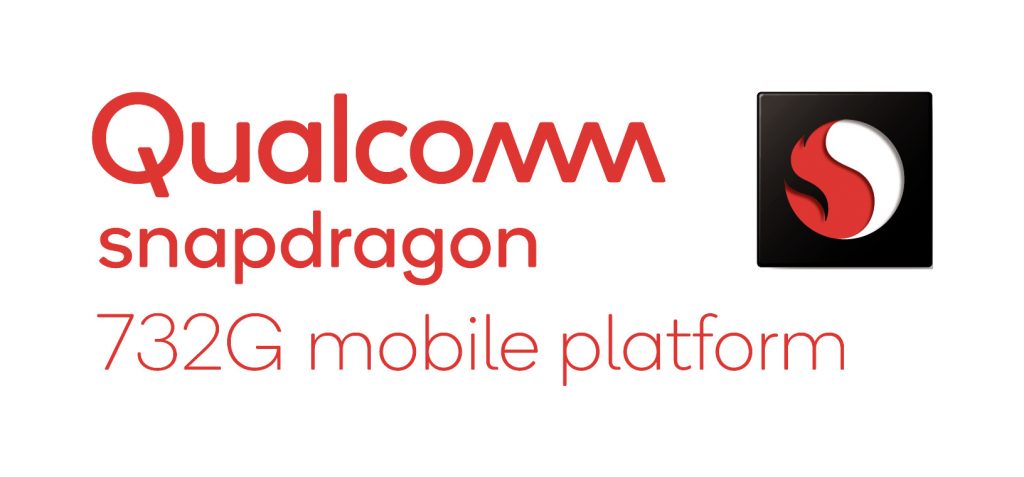
Coming to the performance, this is powered by an Octa-Core Snapdragon 732G 8nm Mobile Platform, same as the POCO X3. It has 2 x Kryo 470 Performance CPUs (A76-based) clocked at up to 2.3GHz and 6x Kryo 470 Efficiency CPUs (A55-based) at up to 1.8GHz. It has Adreno 618 GPU with support for Open GL ES 3.2, Open CL 2.0, as well as Vulkan 1.1 graphics.
Thanks to slightly faster larger Kryo 470 cores based on new Cortex A76, this is faster than the Snapdragon 730G. The overclocked Adreno 618 GPU promises 15% improvement in graphics rendering compared to Snapdragon 730G, and it also has Snapdragon Elite Gaming features.
We did not face any issues or frame drops in the graphic-intensive games. COD, Dead Trigger and Asphalt 9 were smooth without any issues. Thanks to 120Hz refresh rate, gaming was super smooth in games that support it such as Dead Trigger 2, Real Racing 3 and more. It gets a bit warm on intensive gaming on 4G and intensive camera use, but it doesn’t get too hot to handle. The company said that it has dual graphite sheets to keep the temperature down, but it doesn’t have liquid cooling like the POCO X3. That said, check out some synthetic benchmark scores below.
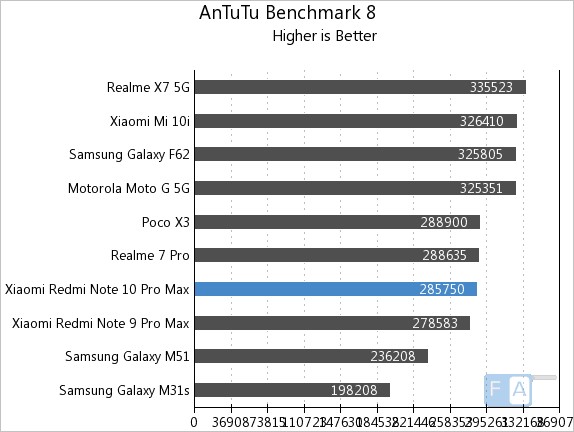
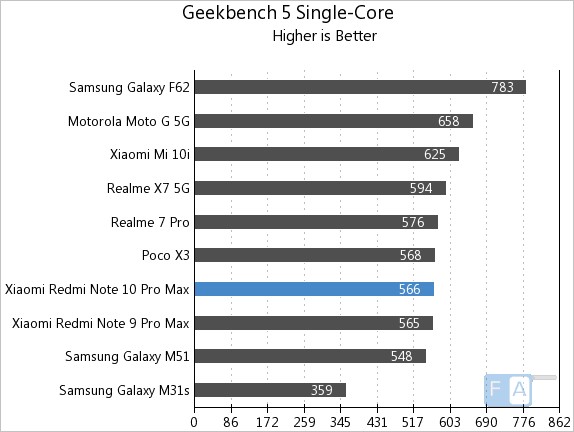
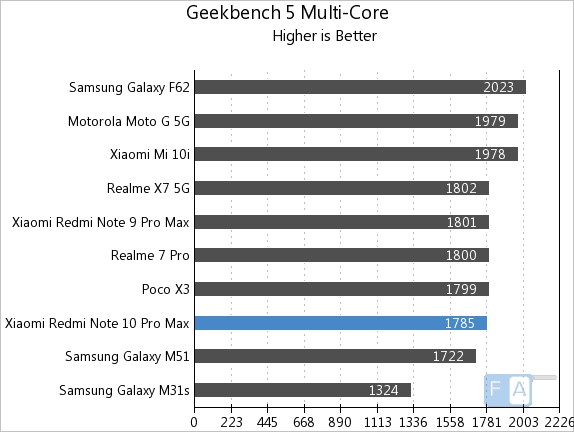
Battery life
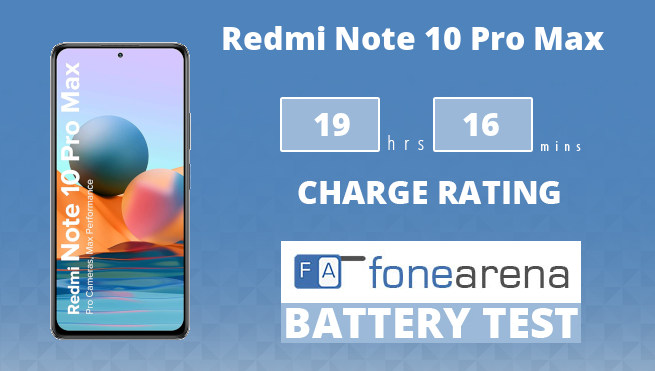
Coming to the battery life, the phone packs a 5020mAh (typical) built-in battery, the same as the Note 9 Pro Max. It lasts for a whole day even with heavy use with 4G enabled and multimedia use, and more than that with average use. I got close to 8 hours of screen on time with 2 to 3 days of use only on Wi-Fi. Since the phone has support for 33W fast charging, it takes about 1 hour and 20 minutes to charge from 0 to 100%, and 0 to 50% takes about half an hour using the bundled charger, which is good for a phone with a 5020mAh battery.
It achieved One Charge Rating of 19 hours and 16 minutes in our battery test, which is good for a phone with a 5020mAh battery. We tested it in 120Hz which is adaptive, so in some cases it switches to 60Hz. Battery life is based on different factors such as software optimization and the processing power that requires to power the phone, so if the phone lasts for a day with heavy use, it is good.
Conclusion
At a starting price of Rs. 18,999, the Redmi Note 10 Pro Max is another excellent value-for-money Redmi Note Pro series phone. The AMOLED 120Hz refresh screen with minimal bezels and a tiny punch-hole is a huge upgrade and the cameras have also been improved from the predecessor. It offers a smooth performance and the large battery offers brilliant life with support for fast charging. Even though the Snapdragon 732G offers good performance, some might miss a 5G SoC like the Snapdragon 750G, but that will increase the cost of the phone. 5MP telemacro camera is a good addition, but the 12MP ultra-wide camera from the POCO X3 was better. Since this is a mid-range Redmi phone, you have to compromise on bloatware and ads in some apps.
Alternatives
The Redmi Note 10 Pro has almost similar specifications, but swaps the 108MP sensor for the 64MP Samsung ISOCELL GW3 sensor, so it is cheaper. Another option is the Samsung Galaxy F62 which has a good 60Hz AMOLED screen, offers better performance, better ultra-wide camera and a huge 7000mAh battery. We will also have to wait for the upcoming realme 8 Pro with the same 108MP rear camera sensor.
Availability
Priced at Rs. 18,999 for the 6GB RAM with 64GB storage version, Rs. 19,999 for the 6GB RAM with 128GB storage version and Rs. 21,999 for 8GB RAM with 128GB storage version, it is available from Amazon.in. With the limited period offer you can get Rs. 1,500 discount on ICICI Bank Credit Cards & EMI.
Pros
- 120Hz AMOLED display is brilliant
- Capable cameras, 5MP telemacro camera is useful
- Smooth performance
- Good design and premium glass body
- IP53 water-resistant
- Good Stereo speakers
- Excellent battery life with 33W fast charging
Cons
- Low-light camera performance could be better
- Selfie camera performance could be better
- 8MP ultra-wide camera is average
- Bloatware and ads in UI

